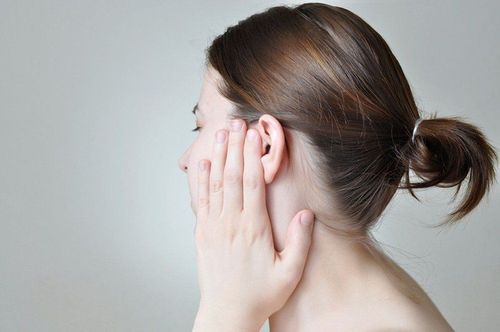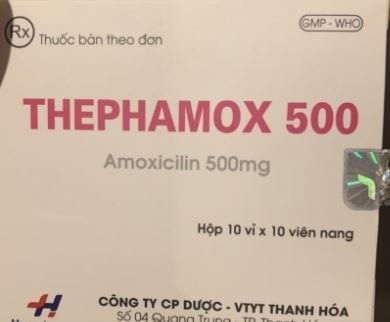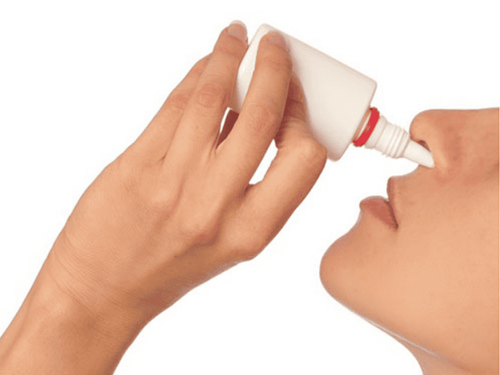This is an automatically translated article.
The article was professionally consulted by Specialist Doctor I Le Van Quang - Ear, Nose Throat Doctor - Department of General Surgery - Vinmec Nha Trang International General Hospital. BSCKI. Le Van Quang is an expert in the field of ENT with 15 years of experience.Otolaryngoscopy is a method widely applied today in public, private hospitals and private clinics with outstanding advantages.
1. What is ENT? Otolaryngoscopy is a technique used to examine and detect diseases of the ENT. This is the most commonly used method today. The doctor will directly observe and see better inside the ENT organs because this technique uses a specialized endoscope to bring light into the nooks and crannies of these organs. Images at these organs will be recorded through endoscopy to facilitate later disease monitoring.
Currently, in Vietnam, ENT endoscopy is widely used in many medical facilities. In the past, doctors could only see the superficial part of the disease by only using simple medical tools such as tongue depressors, flashlights....so it was difficult to make an accurate judgment. Otolaryngoscopy has ended the "blind" examination period of Vietnamese medicine.
With optic tubes with a head size of only about 2 cups, endoscopes help doctors skillfully insert into very deep places in the patient's ears, nose, and throat that cannot be reached by normal methods. Okay. In addition, changes in size, color, inflammation or pus of the ENT organs will be detected by doctors and patients through ultrasound techniques with micro cameras, images of The internals will be enlarged on the TV screen. This helps the doctor make a diagnosis that is closest to the disease. In addition, under the supervision of otolaryngoscopy, the support of treatment such as rinsing the nose also becomes more accurate and has much better results, from the deepest and smallest nasal passages are also thoroughly cleaned. to.
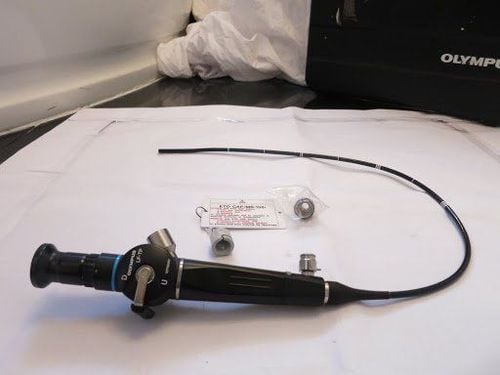
Thiêt bị nội soi ống mềm được sử dụng trong nội soi tai mũi họng giúp bệnh nhân không cảm thấy đau đớn
2. When to perform otoscopy nasopharynx? When the following signs appear, you should perform an otolaryngoscopy:
Pain, tinnitus, decreased hearing ability, ear discharge, ear itching... Symptoms suspicious of sinusitis appear, such as sinusitis. such as headache, runny nose, sneezing, stuffy nose... The patient was diagnosed with sinusitis and was assigned to perform an endoscopy to diagnose the cause of the inflammation. Endoscopy helps doctors detect some causes of inflammation, such as hypertrophy of the middle turbinate, deviated septum, nasal polyps, accessory maxillary sinus opening with loop drainage, hypertrophy of the hook process, and ethmoid stenosis causing narrowing of the ethmoid. middle slot. Nose bleed: perform endoscopy to help detect bleeding, bleeding site and a procedure to stop bleeding Prolonged hoarseness, when speaking or shortness of breath Signs of suspicion of oropharyngeal cancer: perform Endoscopy helps to detect nasopharyngeal tumor Having VA with symptoms such as stuffy nose on both sides, the condition becomes worse when lying down and having to breathe through the mouth, green nasal discharge, or snorting, speaking in a nasal voice... There are deformities in the ears, nose, bone cavity....
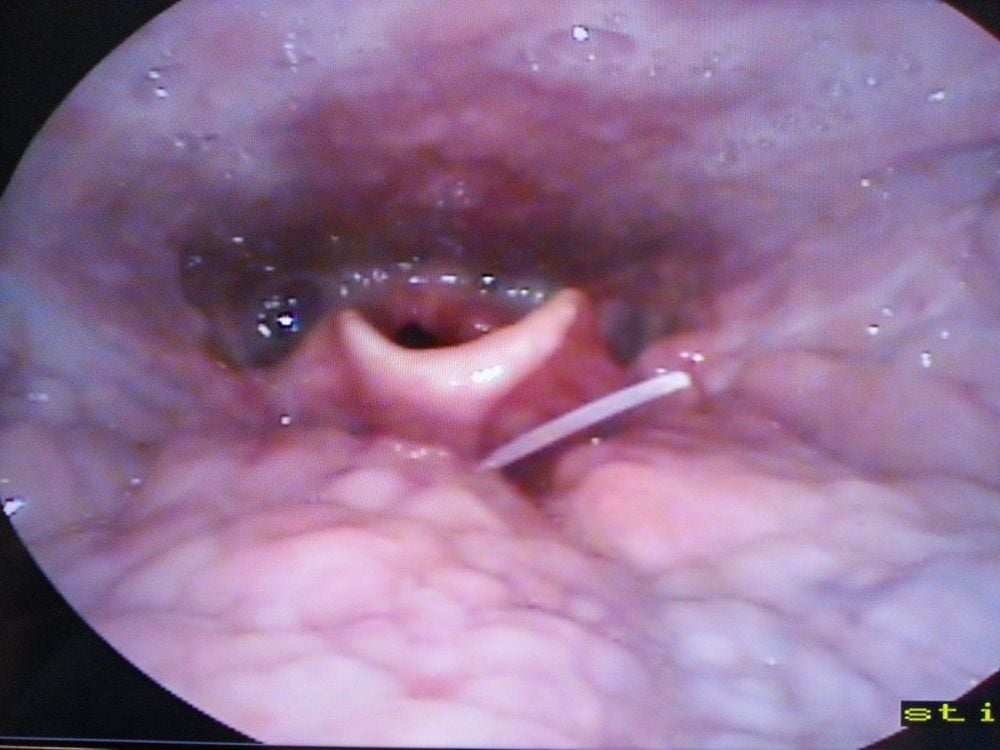
Hình ảnh nội soi họng giúp bác sĩ nhìn thấy dị vật xương cá mắc ở họng bệnh nhân
If unfortunately there are otolaryngoscopy incidents occurring in the event of force majeure, parents and patients need to keep calm to cooperate with the doctor. These accidents are usually very small and do not leave too severe consequences, so do not be too worried.
4. Notes on otolaryngoscopy For adults, when preparing for endoscopy, it is also necessary to pay attention and absolutely follow the doctor's instructions to prevent complications due to otolaryngoscopy. There are cases of adults who did not comply with the doctor's orders, had complications such as tearing the eardrum during the procedure. In addition, during the ongoing examination, the patient also needs to focus during the endoscopy examination, the time for the endoscopy is not too long, so it is necessary to sit or lie still, not to move, bend or turn suddenly. suddenly.
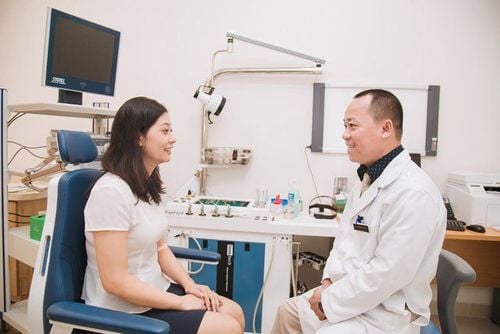
Người bệnh nên lựa chọn cơ sở Y tế uy tín để thực hiện nội soi Tai Mũi Họng
For infants, the indications for performing otolaryngoscopy are quite limited, but the doctor can still prescribe it if really necessary. The person who directly holds the child will be guided by the medical staff. If an unexpected incident occurs, in order for the doctor to be able to provide an emergency plan and handle it in time, parents need to calmly cooperate.
Please dial HOTLINE for more information or register for an appointment HERE. Download MyVinmec app to make appointments faster and to manage your bookings easily.






